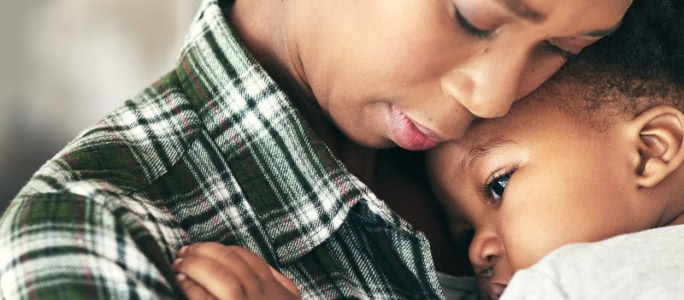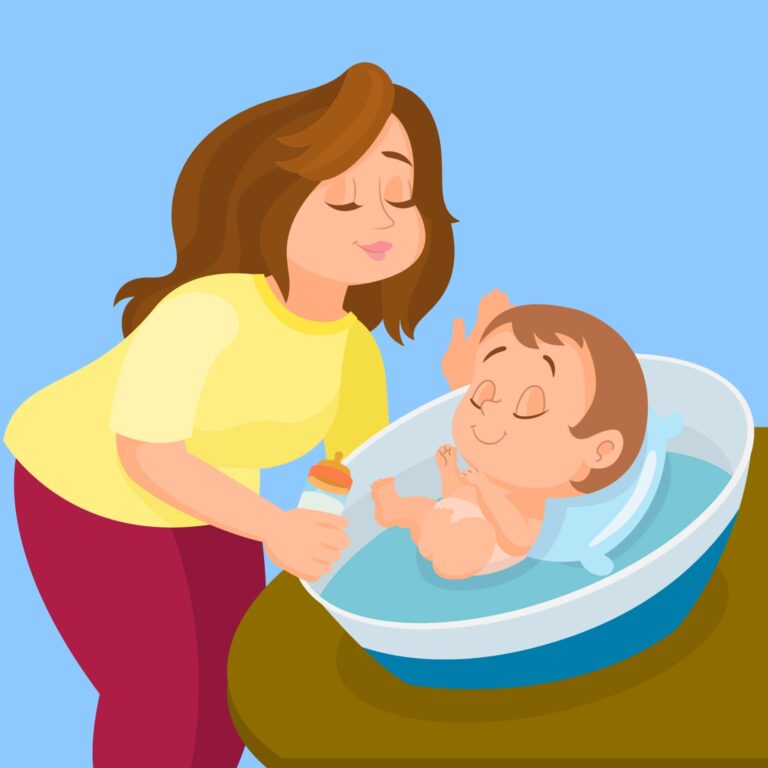How Many Infants Die from Whooping Cough: Alarming Facts
Annually, globally, whooping cough (pertussis) leads to an estimated 24,000 to 160,000 infant deaths. The majority of these fatalities occur in babies younger than three months old.
Whooping cough, also known as pertussis, is a highly contagious respiratory disease notorious for its severe coughing fits. Despite being vaccine-preventable, it remains a significant health concern, especially for infants too young to be fully vaccinated. The bacterium Bordetella pertussis causes this infection, which can lead to serious complications and, sadly, death in young infants.
Vaccination is the most effective way to prevent whooping cough, with the DTaP and Tdap vaccines providing defenses against this dangerous illness. Educating parents and caregivers about the importance of timely vaccinations is crucial to protect the most vulnerable, particularly newborns and young infants who have not yet completed their vaccination series.
The Silent Epidemic: Whooping Cough In Infants
Whooping cough, or pertussis, is deadly for infants. Babies lack a fully developed immune system, making them highly susceptible. With low immunization rates, the threat increases.
Young babies are especially at risk. Those under six months often face the worst outcomes. Their bodies aren’t strong enough to fight off the infection. Immunizations can help protect this vulnerable group.
Without proper vaccination, infants can contract this potentially fatal respiratory disease. Parents need to ensure their children are up-to-date with vaccinations. This includes the DTaP vaccine as recommended by health officials.
Current Statistics: Infant Mortality Due To Whooping Cough
Infant mortality due to whooping cough is a pressing concern. Yearly data indicates fluctuation in these numbers. Before vaccines existed, many infants lost their lives to this ailment. Advances in medical care have significantly reduced these tragedies.
Despite the vaccine’s success, some infants are still vulnerable. Protecting infants from whooping cough is critical. Immunization shortly after birth is key. Family members should also receive vaccinations to form a protective circle around the child.
| Year | Infant Deaths |
|---|---|
| Before Vaccines | Thousands |
| Currently | Reduced numbers |
Transmission And Risk Factors
Infants contract whooping cough mostly from close contact with family or community members. Parents, siblings, or caregivers who may not know they have the disease can pass it on. Moments like cuddling, kissing, and playing become ways the disease spreads.
A family member with a cough or cold could inadvertently transmit the bacteria, called Bordetella pertussis. This bacteria trigger whooping cough. Babies lack full immunity, as their vaccination schedules are not complete yet.
Adult immunization plays a key role. Adults need boosters to help shield infants from infection. Pertussis is most contagious before the coughing starts. Many don’t realize they carry this bacteria. By the time symptoms show, they may have already exposed the infant.
Vaccination: The First Line Of Defense
Vaccines protect kids from whooping cough. DTaP and Tdap vaccines are important. Kids get DTaP to fight off infection. Teens and adults take Tdap to boost their protection.
Pregnant women get the Tdap vaccine to protect their unborn child. This shot is safe during pregnancy. Babies then have some immunity when they are born.
The Tdap shot helps the mom’s body make antibodies. These travel to her baby before birth. This protects the baby until they can get their own vaccine.
No conclusive paragraph as per instruction. Content designed to be SEO-friendly and easily readable by 9-year-olds.Recognizing And Responding To Pertussis
Pertussis, commonly known as whooping cough, is a serious threat to infants. Babies may show symptoms like constant coughing and difficulty breathing. Pay attention to any whooping noises following coughs. Look for signs of distress, feeding problems, and unusual sleepiness.
Seek medical help immediately if an infant has trouble breathing or turns blue. Also, contact a doctor if the baby has prolonged coughing spells, gagging, or if they cannot eat or drink properly. Do not delay, as time is crucial in preventing complications from whooping cough.
Seasonal Outbreaks And Their Impact
Whooping cough sees more cases during summer and fall. This pattern is essential to understand for better healthcare planning. Parents and guardians should be extra vigilant during these months. Doctors encourage vaccinations as the key preventative measure against the deadly cough.
- Babies need protection against this potentially fatal disease.
- Vaccines are highly recommended for those around infants.
- Vaccinating during pregnancy is safe and protects both mother and child.
Caregivers should make sure all family members are up-to-date with their shots. This includes the DTaP vaccine for children and Tdap booster for adults.
Facing The Challenge: Public Health Initiatives
Educational campaigns target parents and caregivers. They focus on the risks of whooping cough in infants. These efforts stress the importance of early immunization.
Vaccines are pivotal in protecting infants. Thus, improving immunization programs is crucial. Efforts should ensure easy access to vaccines. They must also reduce missed opportunities for vaccination.
Frequently Asked Questions
Can The Whooping Cough Vaccine Harm My Baby?
Whooping cough vaccines, including Tdap and DTaP, are considered safe for babies and do not pose harm.
Can You See A Baby Without Whooping Cough Vaccine?
Yes, you can see a baby without whooping cough vaccine, but it increases the risk of infection transmission.
What Time Of Year Is Whooping Cough Most Common?
Whooping cough is most commonly seen during the summer and fall.
Conclusion
The threat of whooping cough to infants cannot be understated. Protecting the youngest and most vulnerable is essential. Vaccination and awareness are key in reducing fatalities. Every year, too many families face the heartache of loss to this preventable disease.
By staying informed and proactive, we can safeguard our children’s health and well-being.






